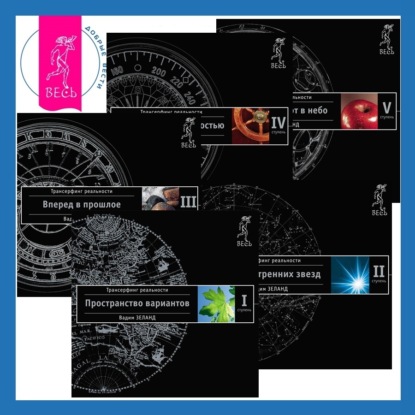This book is an introduction to the chemistry of fungal metabolites. The aim is to illustrate within the context of fungal metabolites, the historical progression from chemical to spectroscopic methods of structure elucidation, the development in biosynth studies from establishing sequences and mechanisms to chemical enzymology and genetics and the increasing understanding of the biological roles of natural products. The book begins with a historical introduction followed by a description of the generalmical features which contribute to the growth of fungi. There are many thousands of fungal metabolites whose structures are known and the book does not aim to list them all as there are databases to fulfill this role. The book"s aim is to describe some of more important metabolites classified according to their biosynthetic origin. Biosynthesis provides a unifying feature underlying the diverse structures of fungal metabolites and the chapters covering this area begin with a general outline of the relevanosynthetic pathway before presenting a detailed description of particular metabolites. Investigations into these biosyntheses have utilized many subtle isotopic labelling experiments and compounds that are fungal pigments and those which are distinctive molites of the more conspicuous Basidiomycetes are treated separately. Many fungal metabolites are involved in the interactions of fungi with plants and others are toxic to man and some of these are described in further chapters. Fungi have the ability to sform chemicals in ways which can complement conventional reactions and the use of fungi as reagents forms the subject of the final chapter. Это и многое другое вы найдете в книге Chemistry of Fungi (James R. Hanson)
Chemistry of Fungi James R. Hanson (книга)
Подробная информация о книге «Chemistry of Fungi James R. Hanson». Сайт не предоставляет возможности читать онлайн или скачать бесплатно книгу «Chemistry of Fungi James R. Hanson»















